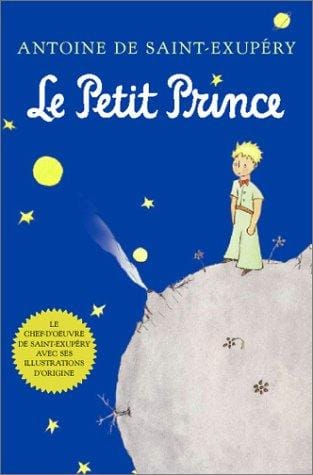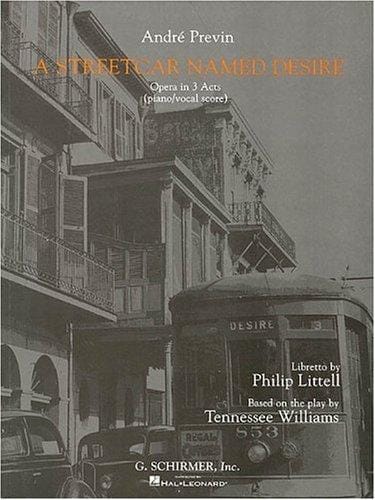Cyrano de Bergerac: A Timeless Tale of Panache, Poetry, and Passion
Discover Cyrano de Bergerac, the swashbuckling French play renowned for wit, romance, and razor-sharp panache, plus its enduring influence on stage and screen.

Introduction
Since its triumphant 1897 premiere at the Théâtre de la Porte Saint-Martin in Paris, Edmond Rostand’s "Cyrano de Bergerac" has dazzled audiences with swordplay, sparkling verse, and a heart-wrenching love triangle. More than a mere swashbuckler, the play marries romance and wit in alexandrine couplets that make French teachers swoon and theatergoers cheer. Over a century later, Cyrano’s oversized plume, oversized nose, and even larger spirit still fill playhouses, classrooms, and cinema screens worldwide.
Who Was Cyrano de Bergerac?
The historical Savinien de Cyrano de Bergerac (1619–1655) was a real soldier, satirist, and early science-fiction writer whose life only loosely inspires Rostand’s hero. Rostand borrowed the flamboyant Gascon’s reputation for dueling and wordplay, then amplified it into legend: a peerless swordsman, poet, and philosopher cursed with an enormous nose. This physical exaggeration transforms the historical footnote into a universal symbol of insecurity and unrequited love.
Plot Summary of Edmond Rostand’s Play
Act I: A Hero with a Flaw
The action opens at the Hôtel de Bourgogne, where poet-musketeer Cyrano crashes a performance, skewers an arrogant actor, and composes an impromptu duel-in-verse—all before intermission. His bravado masks a tender secret: an all-consuming love for his luminous cousin Roxane. Convinced that she could never love a man with a grotesque nose, Cyrano stifles his feelings.
Acts II & III: Borrowed Words, Borrowed Love
Roxane confides to Cyrano that she loves the handsome new cadet Christian de Neuvillette and begs Cyrano to protect him. Christian, though blessed with good looks, lacks eloquence; Cyrano, though eloquent, lacks looks. They conspire: Cyrano supplies the poetry, Christian the face, and together they woo Roxane beneath her balcony in one of drama’s most celebrated love scenes.
Acts IV & V: War, Revelation, and Farewell
The siege of Arras shatters their fragile charade. Christian dies a hero, never learning that Roxane loves him for the soul she perceives in his letters—Cyrano’s soul. Fourteen years later, a mortally wounded Cyrano finally visits Roxane in her convent. By reciting Christian’s farewell letter from memory, he reveals the truth moments before dying, asserting that he shall carry into eternity his "panache"—the white plume of courage defining his life.
Key Themes and Motifs
Rostand interlaces themes of inner versus outer beauty, the power of language, and the bittersweet nature of sacrifice. Cyrano’s nose, comic at first glance, becomes a metaphor for any perceived deficiency that keeps us from embracing vulnerability. His choice to hide behind Christian’s visage dramatizes the conflict between authenticity and idealization: Who does Roxane truly love—the appearance she sees or the spirit she hears?
Language, Panache, and Wordplay
Written almost entirely in rhyming alexandrines, the play celebrates linguistic virtuosity. Cyrano weaponizes words as deftly as steel, proving that rhetoric can win duels, hearts, and immortality. The oft-misunderstood term "panache" captures not vanity but fearless originality—the freedom to be extravagantly oneself. Rostand’s pyrotechnic verse, brimming with puns and classical allusions, invites translators to dance a tightrope of meter and meaning.
Historical Context
First staged during France’s fin-de-siècle malaise, "Cyrano de Bergerac" offered an antidote to realism and naturalism dominating European theater. Rostand revived the romantic spirit of Hugo and Dumas, serving patriotism and optimism to an audience hungry for escapism after the Franco-Prussian defeat. The play’s runaway success crowned leading actor Benoît-Constant Coquelin and restored faith in poetic drama at a time when prose reigned.
Stage and Screen Adaptations
More than 50 film, television, and stage adaptations attest to the story’s versatility. José Ferrer’s 1950 Oscar-winning performance popularized Cyrano for mid-century America, while Gérard Depardieu’s 1990 French film preserved the musicality of the original verse. Modern riffs—Steve Martin’s "Roxanne" (1987), Erica Schmidt’s 2021 musical starring Peter Dinklage, and numerous anime episodes—transpose the longing and comic bravado into contemporary settings, proving the narrative endlessly recyclable.
Why Cyrano Still Matters Today
In an age of filtered selfies and curated online personas, Cyrano’s plight is more relevant than ever. We, too, craft digital masks to hide perceived imperfections, fearing that authentic selves might repel potential connections. The play reminds us that genuine expression triumphs over surface aesthetics and that courage—panache—lies in revealing our truest voices.
How to Experience "Cyrano de Bergerac" Now
To savor the work’s full flavor, read one of the acclaimed verse translations by Anthony Burgess or Brian Hooker, whose 1923 version still dominates English stages. Seek out regional theater productions, many of which stage the play in open-air venues perfect for rapier-swishing spectacle. Film enthusiasts can stream the 1990 Depardieu classic or Joe Wright’s 2021 musical adaptation. For an interactive twist, compare different balcony scenes on YouTube and note how each actor modulates vulnerability and bravado.
Conclusion
Over four centuries after the real Cyrano walked Parisian streets and more than 125 years after Rostand immortalized him, the panache keeps fluttering. "Cyrano de Bergerac" endures because it celebrates the lyric power of words, champions the beauty of imperfection, and reminds us that love—spoken bravely, even at life’s final breath—resonates across time. Whether you meet Cyrano on the page, stage, or screen, prepare to lose your heart to the poet with the prodigious nose and the immeasurable soul.

